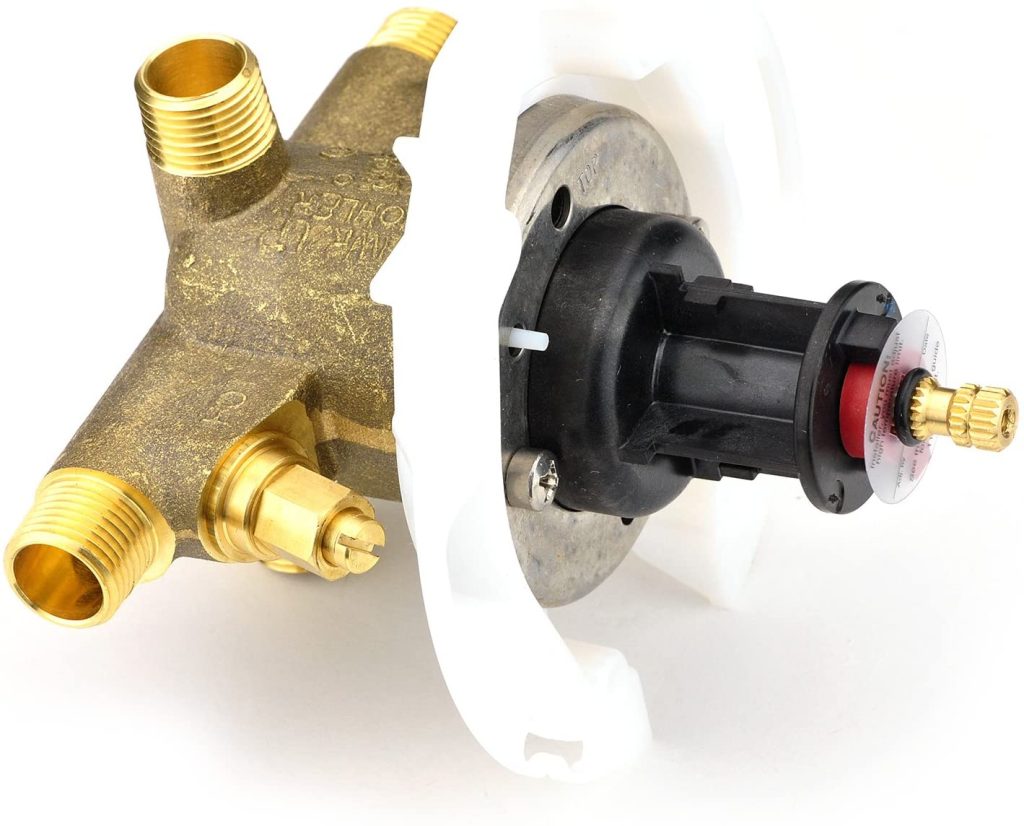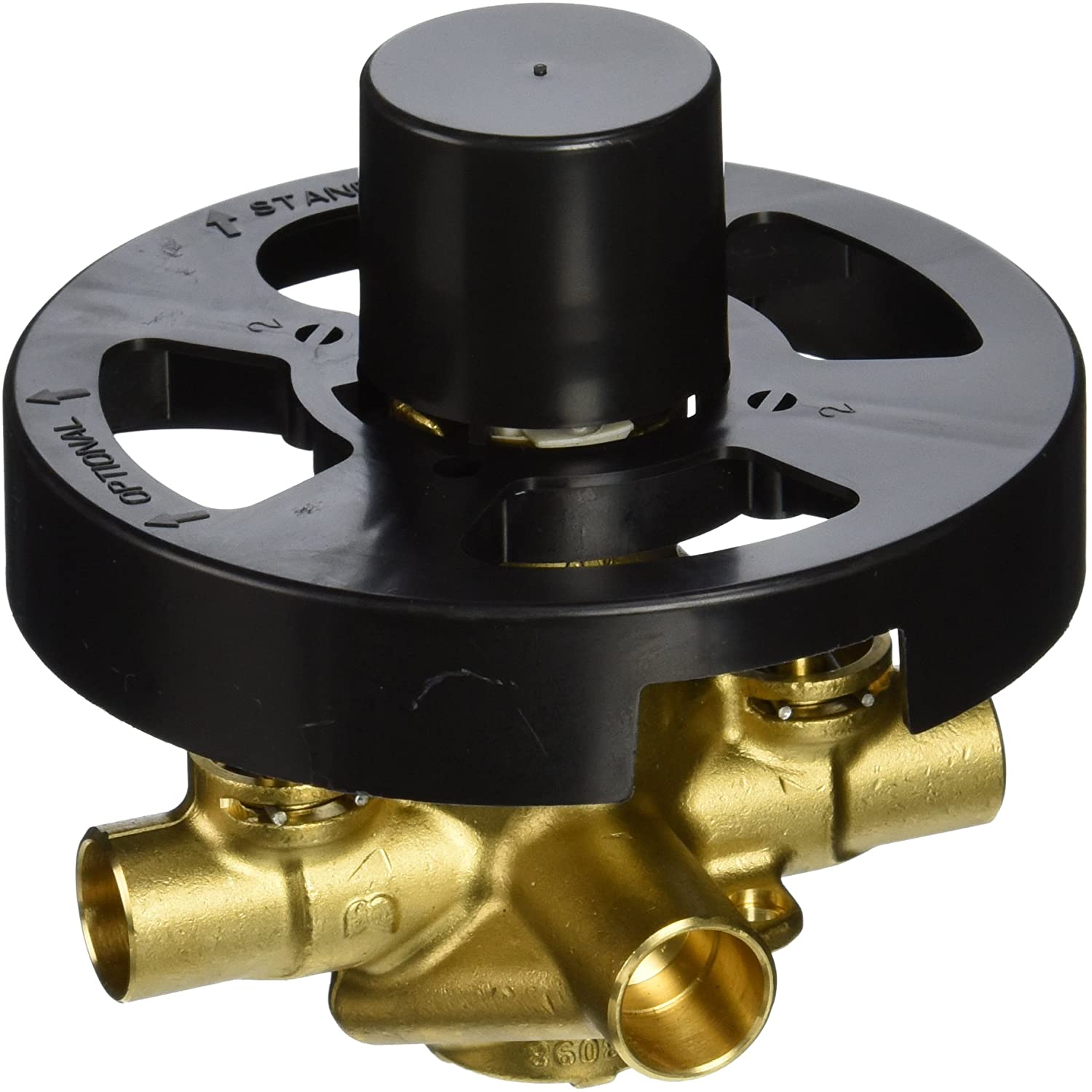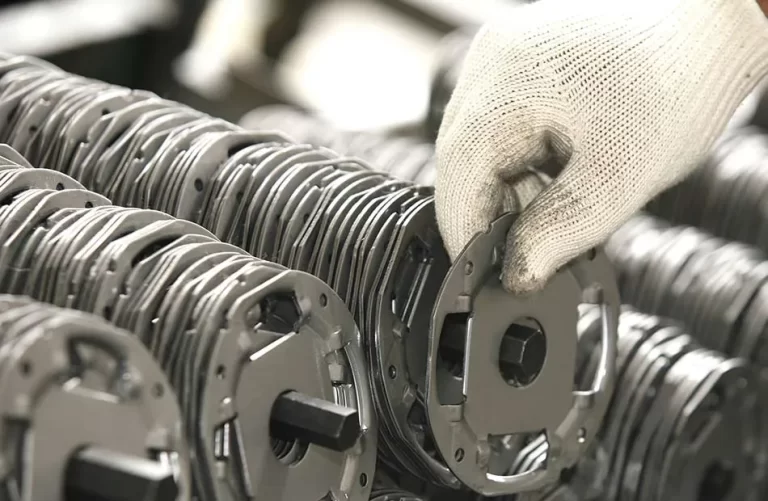The Enduring Utility of Screwdrivers: Essential Allies in Every Toolbox
Screwdrivers, those unassuming yet indispensable tools, stand as stalwart companions in the realm of DIY and professional tasks alike. From crafting furniture to fine-tuning delicate electronics, their versatility remains unmatched. This article embarks on a journey through the realm of screwdrivers, unveiling their myriad types, applications, and their pivotal role in everyday endeavors and specialized fields. Additionally, we navigate through common queries concerning screwdrivers, shedding light on their utilization, upkeep, and potential alternatives.

What are the different types of screwdrivers and their uses?
Screwdrivers parade in various forms, each tailored to a specific task. The flathead screwdriver, with its singular blade, gracefully handles screws with straight slots. For fastening Phillips screws, those ubiquitous fixtures of appliances and electronics, the Phillips screwdriver, adorned with a cross-shaped tip, reigns supreme. Torx screwdrivers, bedecked with star-shaped tips, find their calling in automotive and computer domains, boasting enhanced grip and precision. Furthermore, hex screwdrivers cater to hexagonal screws, while specialty screwdrivers cater to the whims of unique screw heads.
How do you choose the right screwdriver for a job?
Picking the perfect screwdriver entails a dance of precision, matching the tool to the screw head’s type and size. Employing the wrong screwdriver risks damaging either the screw head or the tool itself. Thus, it behooves one to maintain a diverse array of screwdrivers, spanning various sizes and types to navigate the labyrinth of screws encountered in diverse projects. For tasks entwined with delicate electronics or intricate craftsmanship, precision screwdriver sets, adorned with interchangeable heads, stand as indispensable allies.
What maintenance is required for screwdrivers?
Nurturing screwdrivers demands a delicate touch to ensure their efficacy and longevity. By preserving the cleanliness of screwdriver tips, devoid of debris, one forestalls slippage and safeguard screws from harm. Regular scrutiny of screwdriver handles, scrutinizing for cracks or signs of wear, emerges as paramount for ensuring safety. Additionally, anointing metal screwdriver shafts with a gentle oil bath forestalls rust and ensures seamless operation. Storing screwdrivers in a dry, orderly manner further elongates their lifespan, granting facile access during projects.
Are there alternatives to traditional screwdrivers?
While screwdrivers reign as the quintessential tools for driving screws, alternative avenues exist for specific endeavors. Power screwdrivers, both tethered and untethered, proffer heightened velocity and efficiency, rendering them ideal for sprawling projects or repetitive undertakings. Impact drivers, wielding additional torque, masterfully drive screws into stubborn materials like hardwood or metal. However, for tasks demanding finesse or scenarios wherein precision reigns supreme, manual screwdrivers retain their crown as the preferred choice.
Screwdrivers, those unsung heroes of countless trades and household chores, epitomize versatility and dependability. Whether erecting furniture, resuscitating electronics, or fashioning geosynthetic structures, possessing the right screwdriver remains paramount. By unraveling the tapestry of screwdriver types, discerning the appropriate implement, and tending to them with care, screwdrivers continue to stand as steadfast allies in myriad projects, ever ready to lend their aid.

